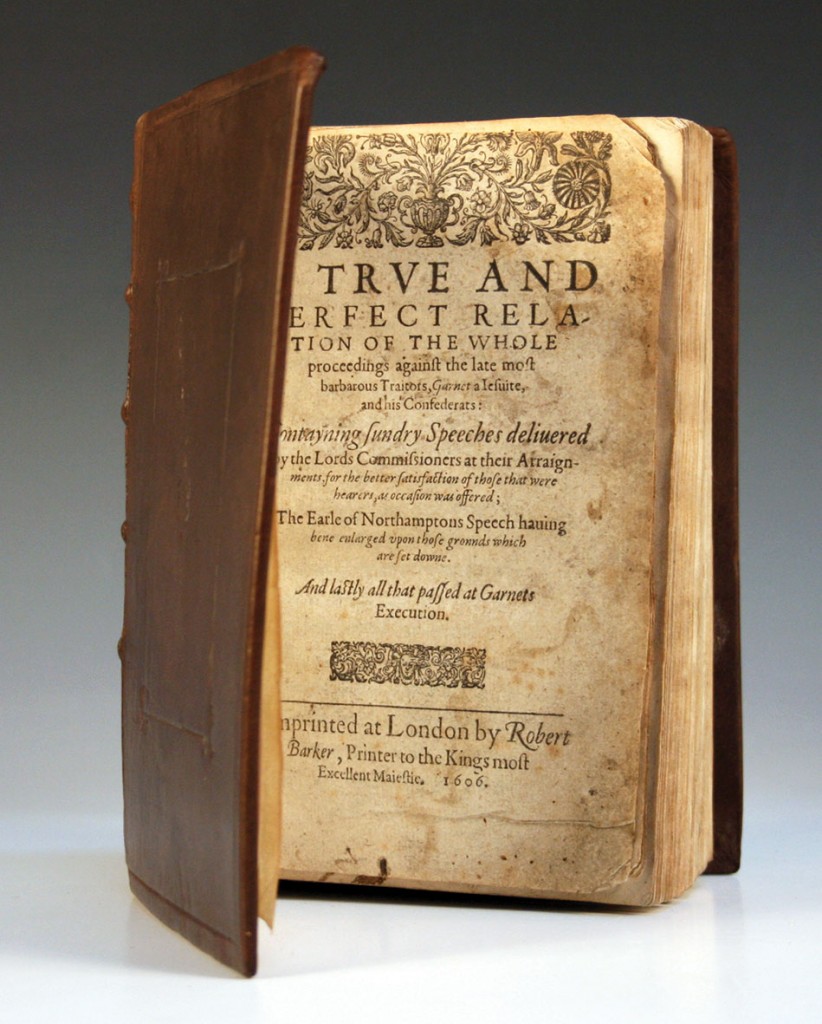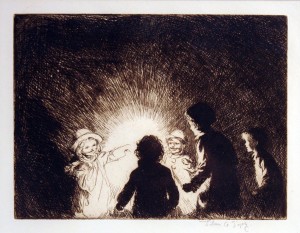
Bonfire Night is an event that many of us look forward to with a sense of excitement and anticipation. The beauty of sparkling light, the whizzes, pops and bangs, the mist of drifting smoke and the smell of gunpowder on a cold, still November night are, for me, truly evocative. As a nation, fireworks also form part of our celebrations of major occasions: the New Year, Royal Jubilees and the Olympics, to name but a few. Amidst our excitement, though, it is easy to forget that fireworks on Bonfire Night commemorate a particularly bloody and turbulent time in our island’s history.
The Gunpowder Plot of 1605 is widely regarded as an attempt by provincial, English Roman Catholics to blow up the House of Lords during the State Opening of Parliament, in order to assassinate James I of England (VI of Scotland) and install his nine-year-old daughter, Princess Elizabeth, on the throne as a Roman Catholic head of state. The plot, led by Robert Catesby, was revealed by means of an anonymous letter. Famously, Guy Fawkes was discovered with thirty-six barrels of gunpowder during a search of the House of Lords at midnight on 4th November 1605. He and his seven surviving accomplices were tortured, tried for and convicted of high treason and sentenced to death by hanging, drawing and quartering.
The print shown here was published around 1605 by a leading Dutch printmaker, Crispijn van de Passe the Elder, and shows eight of the thirteen conspirators, including Guy Fawkes. A copy of this print is in the National Portrait Gallery, London. It is an extraordinary depiction of some of those involved, giving life to this particular moment in history.

The book illustrated is a first edition of A True and Perfect Relation of the Whole Proceedings against the late most barbarous Traitors, Garnet a Jesuite and his Confederats, which tells the story of the Gunpowder Plot. Published in 1606, it is the earliest account of these events and centres on the story of the Roman Catholic priest Henry Garnet, who was hung, drawn and quartered in connection with the Gunpowder Plot. Many historians believe that having heard of the plot during confession, Garnet felt bound to tell no one. Instead, they claim, he wrote secretly to Rome, urging the Vatican to dissuade Catholics from such action but, sadly, there was no response to his plea. When fear overtakes understanding and tolerance, it is often innocent and good people who bear the consequences. Toovey’s were fortunate enough to auction this volume some years ago. Many of you will remember Brocks Fireworks and, rather wonderfully, the book had once been the property of the late Frank Arthur Brock, director of the firm in the early 1900s.
It is the cause for much celebration, especially for me as an Anglican priest, that these prejudices and misunderstandings are broadly behind us and that Christian people of all denominations now journey together, holding their differences, and one another, in a spirit of love, rather than fear.

The delightful Eileen Soper monochrome etching shown probably best captures our contemporary experience of Bonfire Night. Eileen Soper illustrated wildlife and children’s books for many authors, including Enid Blyton. Her etchings often depict children and in this example, titled November the Fifth, their faces, lit by the sparklers against the night sky, display wonder and excitement.
It is vital that, as a nation, we guard against replacing past animosities with new mistrust and prejudice between faiths and peoples. If we do not, it will be the innocent who bear the consequences. Perhaps Bonfire Night can be a time to acknowledge the contemporary diversity in our ancient nation in a spirit of fondness and celebration.
By Revd. Rupert Toovey. Originally published on 6th November 2013 in the West Sussex Gazette.